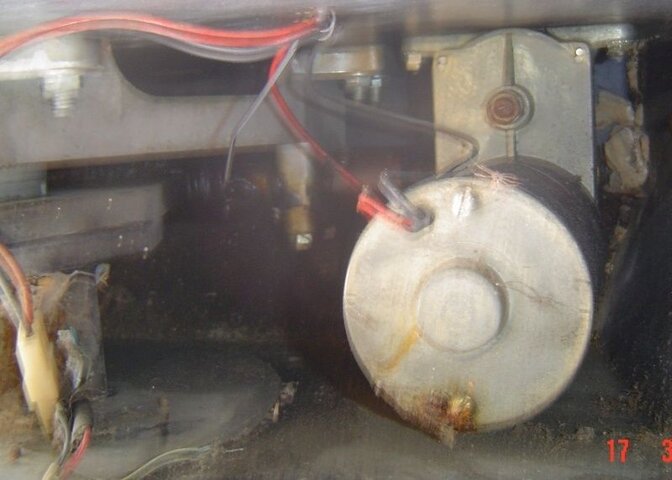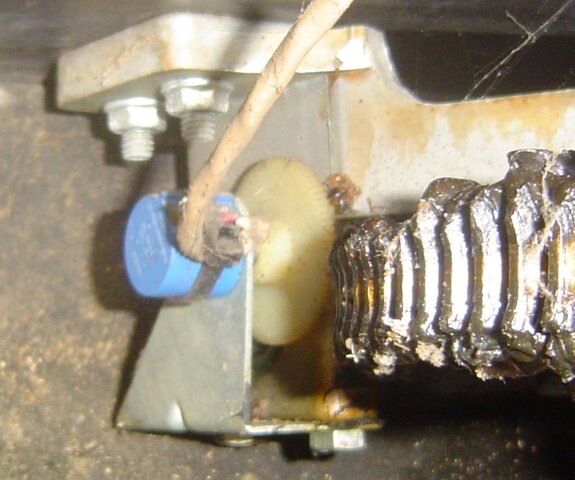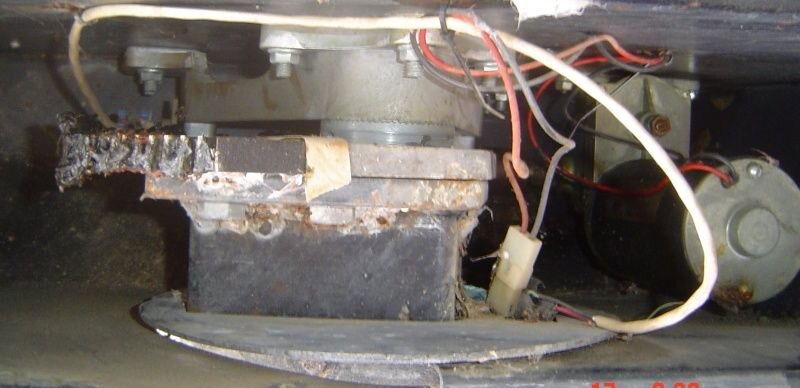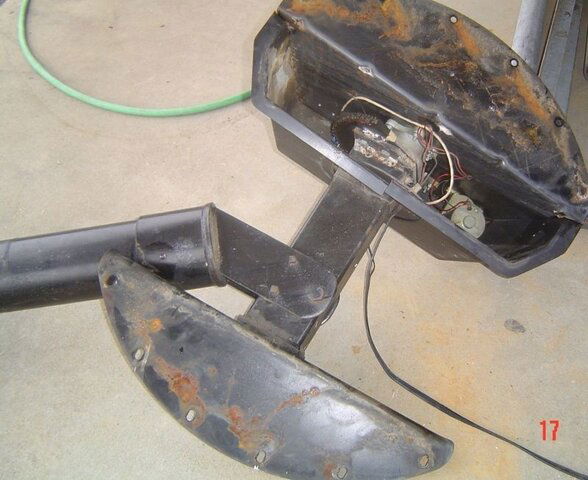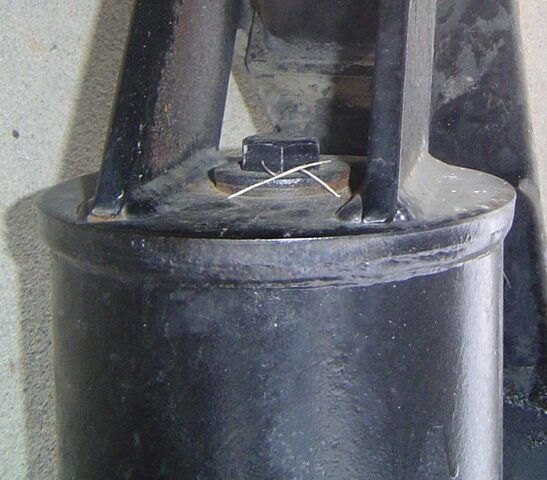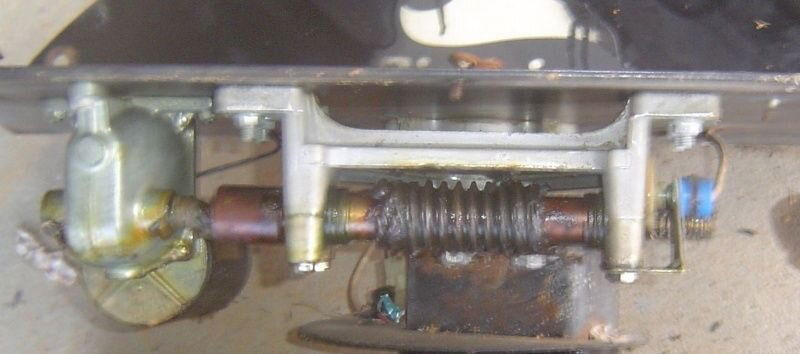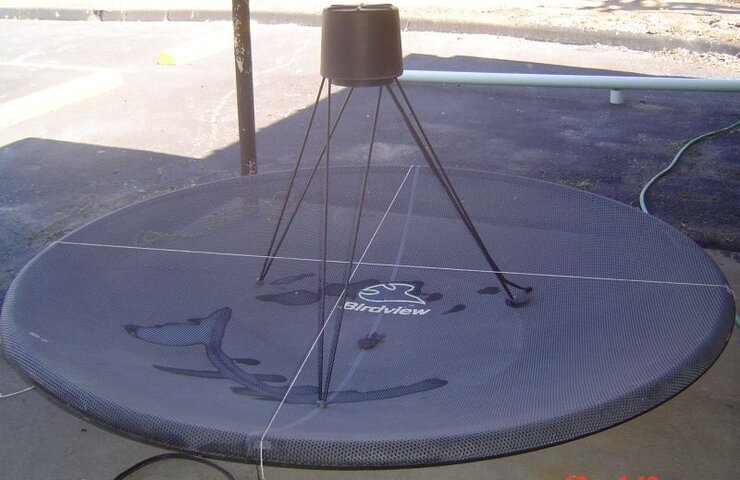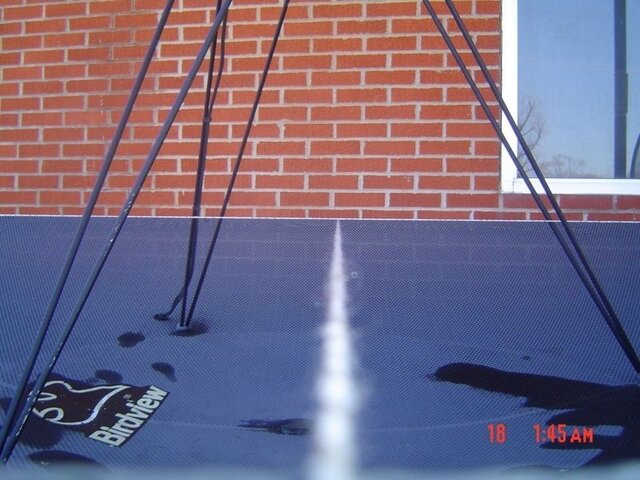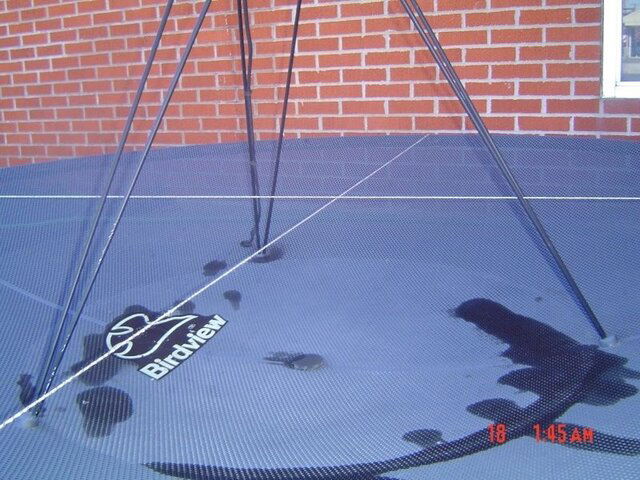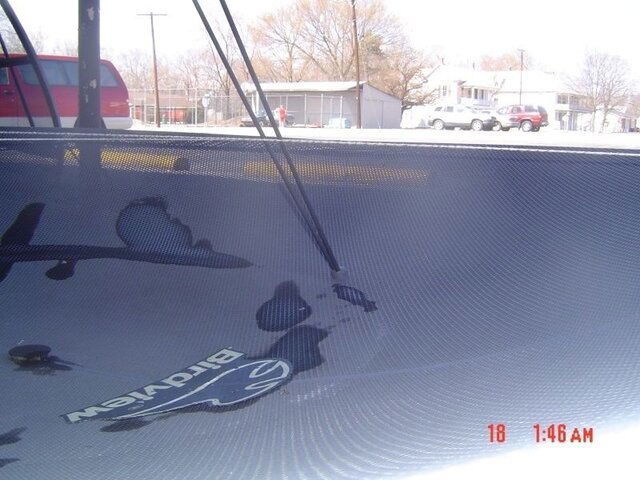Got everything home.
Have some pics of the inside of the gearbox and the mount. Got a couple of questions that maybe some of you can help me with.
Correct me if I am wrong, but the blue counter in the background looks like this one has not had the reed-sensor conversion kit installed.
Am I correct in my assumption?
The pipe attached is 6" steel pipe, but it is only 1/8" thick wall. The way they got around such a thin wall pipe is explained by the hube bolt in the top of the cap. We couldn't take it apart to move it because I didn't have a big enough wrench to fit the bolt, and not enough clearance for a crescent wrench to take it off. That bolt screws into a block of steel that fits into the pipe from the top and only goes in far enough for the outside bolts to screw into and hold it without crushing the pipe.
I talked it over with my welder, and told him about everyone's idea of filling the pipe with concrete to avoid crushing. His response was that the 1/8" steel wall was not substantial enough to weld the pieces for my mount to attach to.
What I find amazing is that with the right setup etc, a 1/8" thick wall on a 6" pipe has held this dish up for at least 15 years.
We are going to find a piece of at least schedule 40 with a 5.5" - 6" steel OD pipe to weld the brackets to for the mount to hold the dish.
Let me know if you have other suggestions, or the answer to my question above.
Here are the pics:


